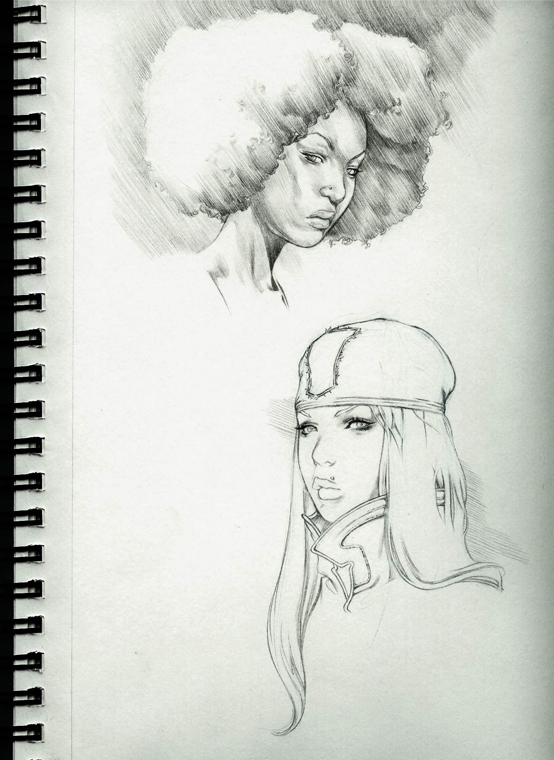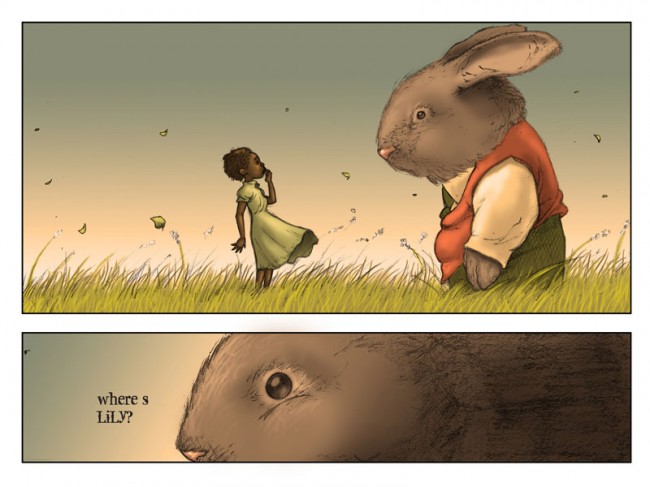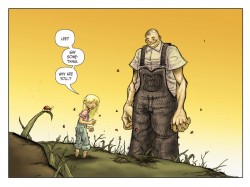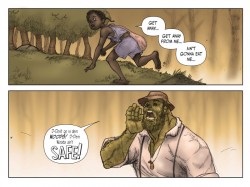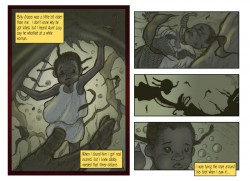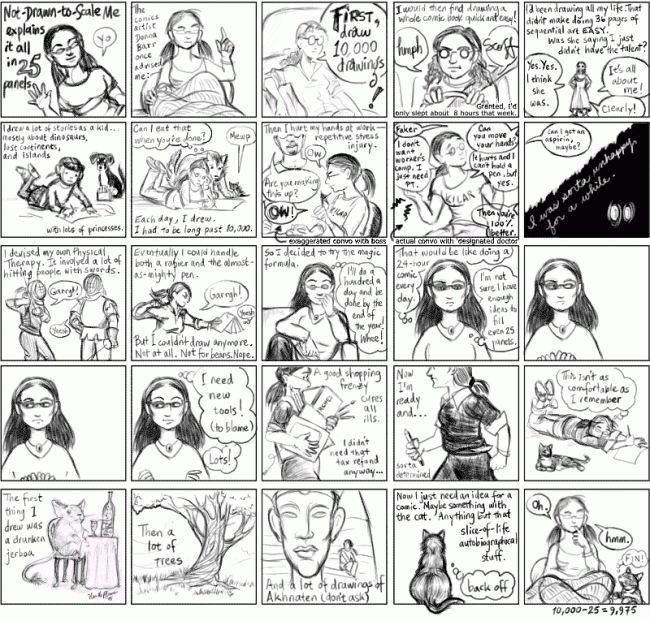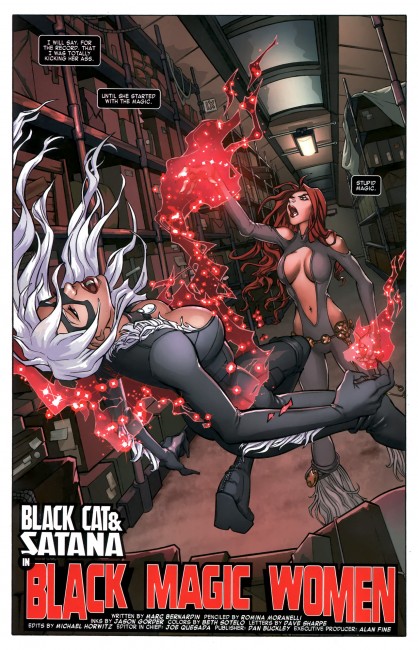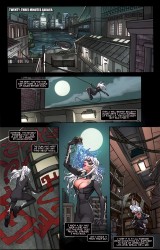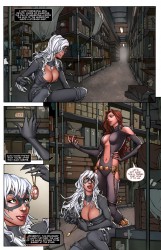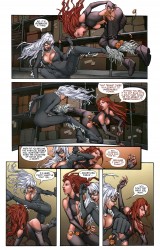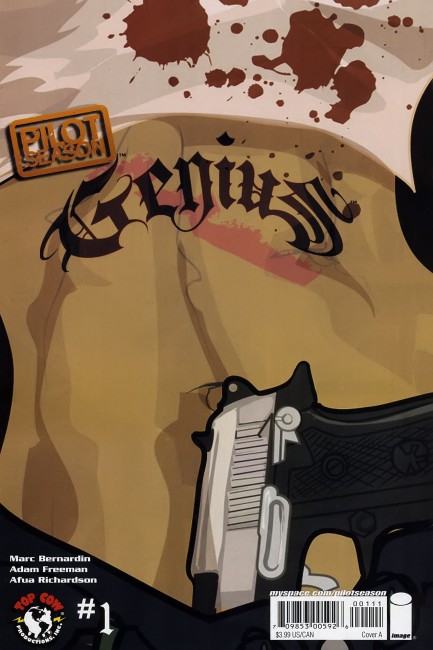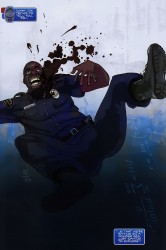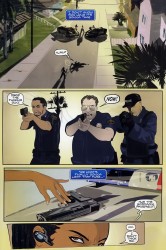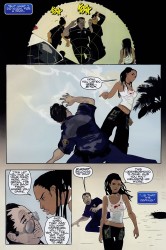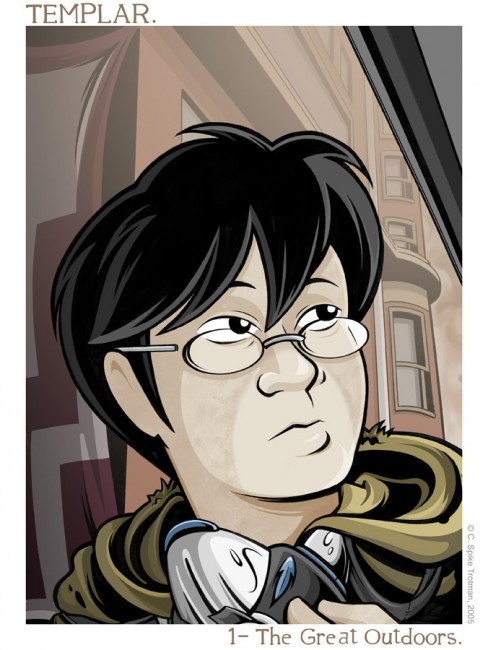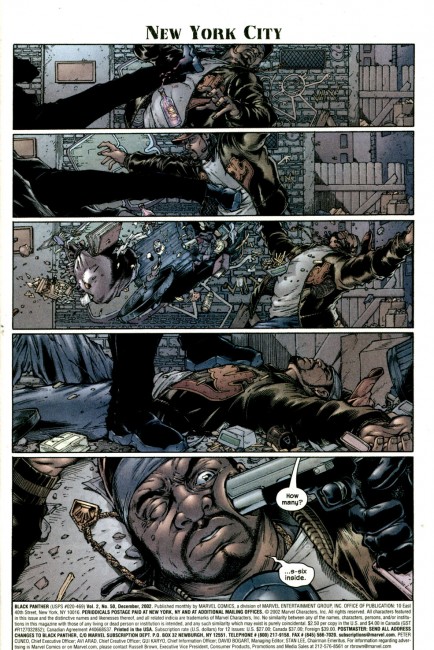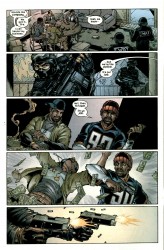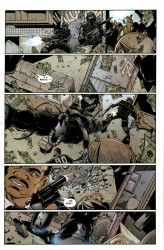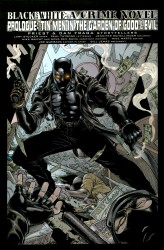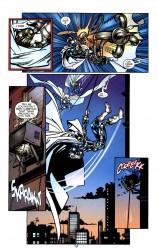
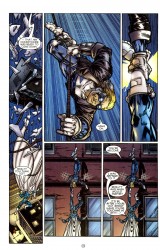
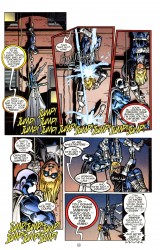
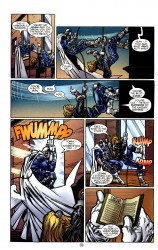
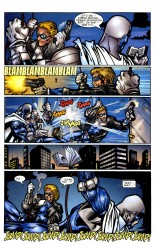
from quantum & woody, words by christopher priest.
Mark D. “Doc” Bright
Selected Works: Spider-Man vs Wolverine,
Quantum & Woody,
Icon: A Hero’s Welcome
Doc Bright is a classic superhero artist. Not in that he’s old, but in that he draws superheroes in a way that makes them feel natural and real. His style, or at least the style of his that I’m the most familiar with, is scratchy and rough, like his people were sculpted from blocks of wood without being sanded down. It makes for pleasingly weighted superheroic action, and it’s not quite as antiseptically clean and slick as some other artists. Probably a little Neal Adams in there, too.
Bright’s had a long career. ComicboookDB says his first work ins 1978’s House of Mystery 257, an issue that also featured Arthur Suydam, David Michelinie, Otto Binder, and Michael Golden. He’s worked on Thor, Falcon, ROM, Power Man and Iron Fist, Iron Man, Action Comics, Green Lantern, and dozens more. I was going to say that I don’t think he’s done any work with Batman, but nope, he’s been there and done that several times.
His work has been few and far between lately. It seems like it’s mostly been reprint work, the odd pin-up, and Milestone Forever, but it’s easy to see that he never missed a step. He’s still as good as he ever was, though perhaps not as flashy as some of the guys nowadays. His work is always worth looking at, though, because he was always good at body language, fight choreography, and simple layouts.
Quantum & Woody, his series with Christopher Priest, had a bunch of scenes that varied from a tense nine (or more) panel grid to something more free and loose. He made the page fit the story, which is another reason why he’s such a classic artist. He knows how to make comics go.


